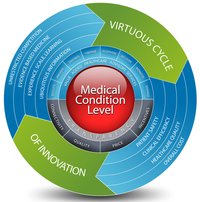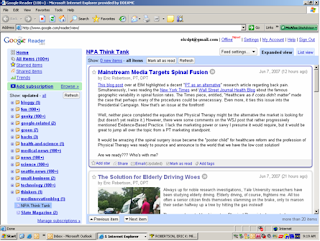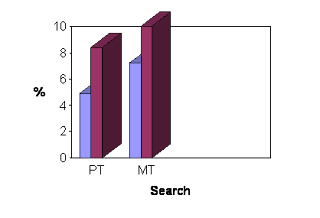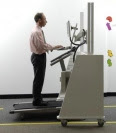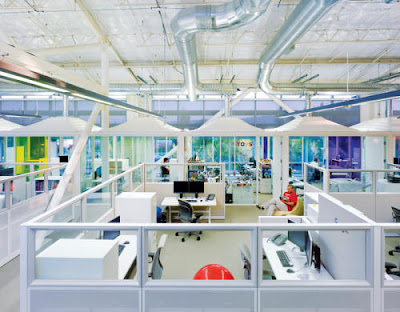
Google has a reputation for doing things differently, such as innovative workplace design. I was reading
this piece in the New York Times about how Google continually tweaks its search engine to improve it. The man featured in the article, Amit Singhal, is the master of Google’s search ranking algorithm. For anyone who knows even a bit about Google, this guy is pretty high up.
In the article, Mr. Singhal attributed much of Google’s success to their relatively "breakneck" pace of research in contrast to the more leisurely pace observed at universities and institutions.
“I spent the first three months saying, ‘I have an idea,’ ” he recalls. “And they’d say, ‘We’ve thought of that and it’s already in there,’ or ‘It doesn’t work.’ ”
Now, while this is the technology field we’re talking about here, I can’t help but to think about this issue in terms of healthcare research. Yeah, healing occurs over time and human research has its own time limitations; but I think we must ask ourselves, "Can we do more research in less time?" How is it that some investigators seem to have several publications per year and others once every couple years?
Perhaps it is simply a case of some researchers behaving more like Google, and others behaving more like…well, a researcher. I can imagine researchers dealing with issues of project management, technology assistance, quality, and maybe even figuring out how to exist on 4 hours of sleep. Admittedly, I am not a researcher and am only surmising here.
Here is my own example of how research sometimes proceeds slowly:
I’m writing a case series about a group of patients at my work. In order to proceed, I need to contact our institution’s Department of Clinical Investigation. They have a series of hoops and trainings to jump through, checklists to complete, and signatures to obtain. All to perform a formal write up of treatments that have already happened. They estimate this process takes 1 month to complete.
Grrrr. I could have been finished in 1 month!
Labels: Evidence and Technology, Research

